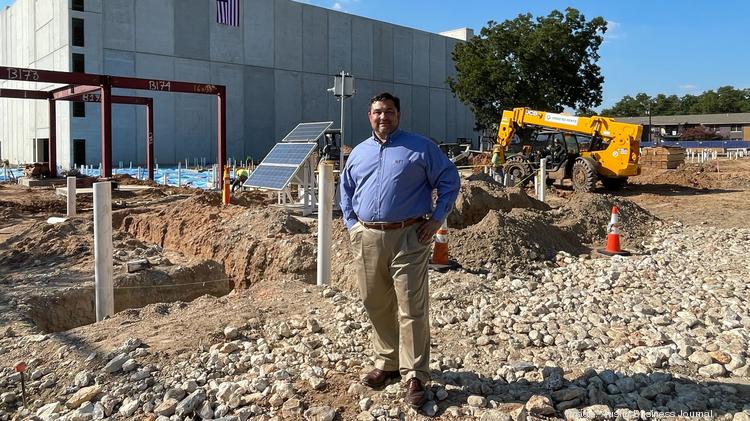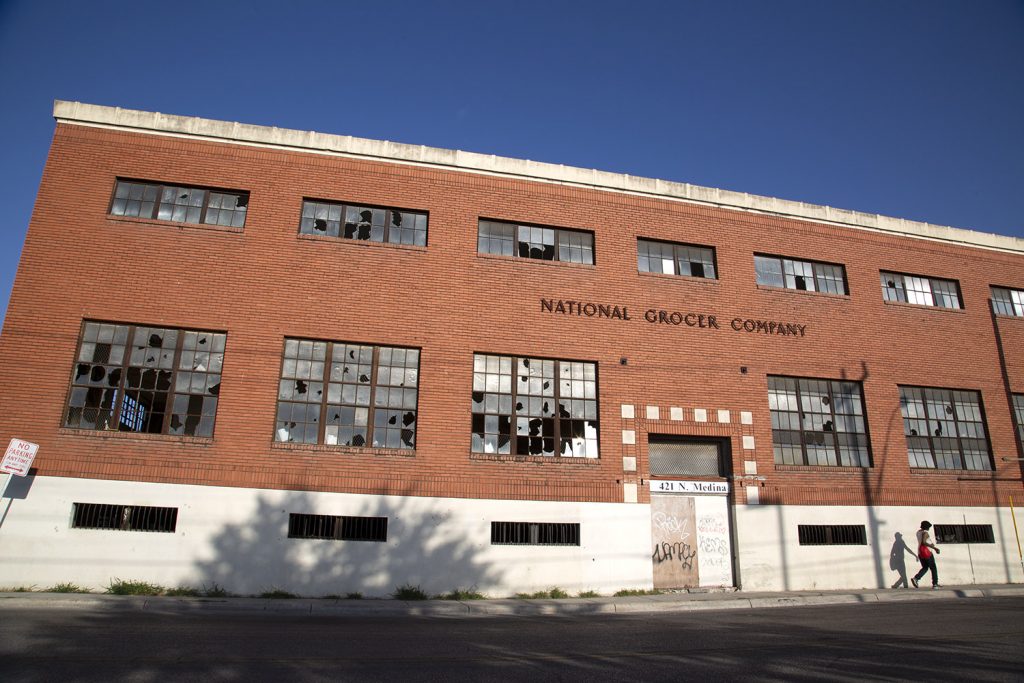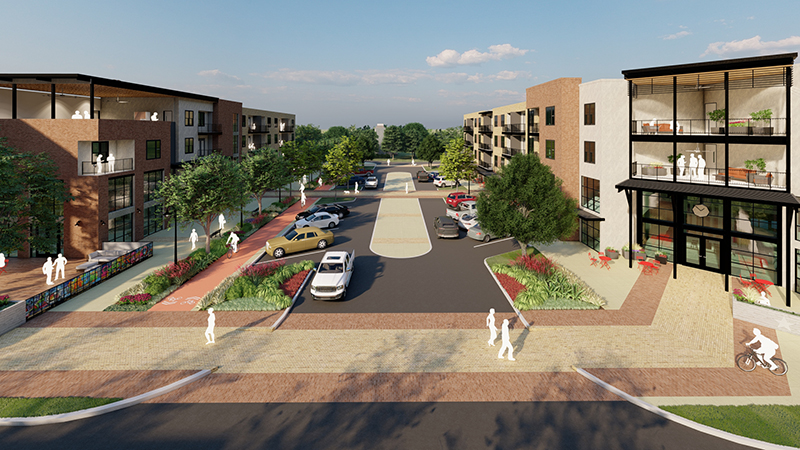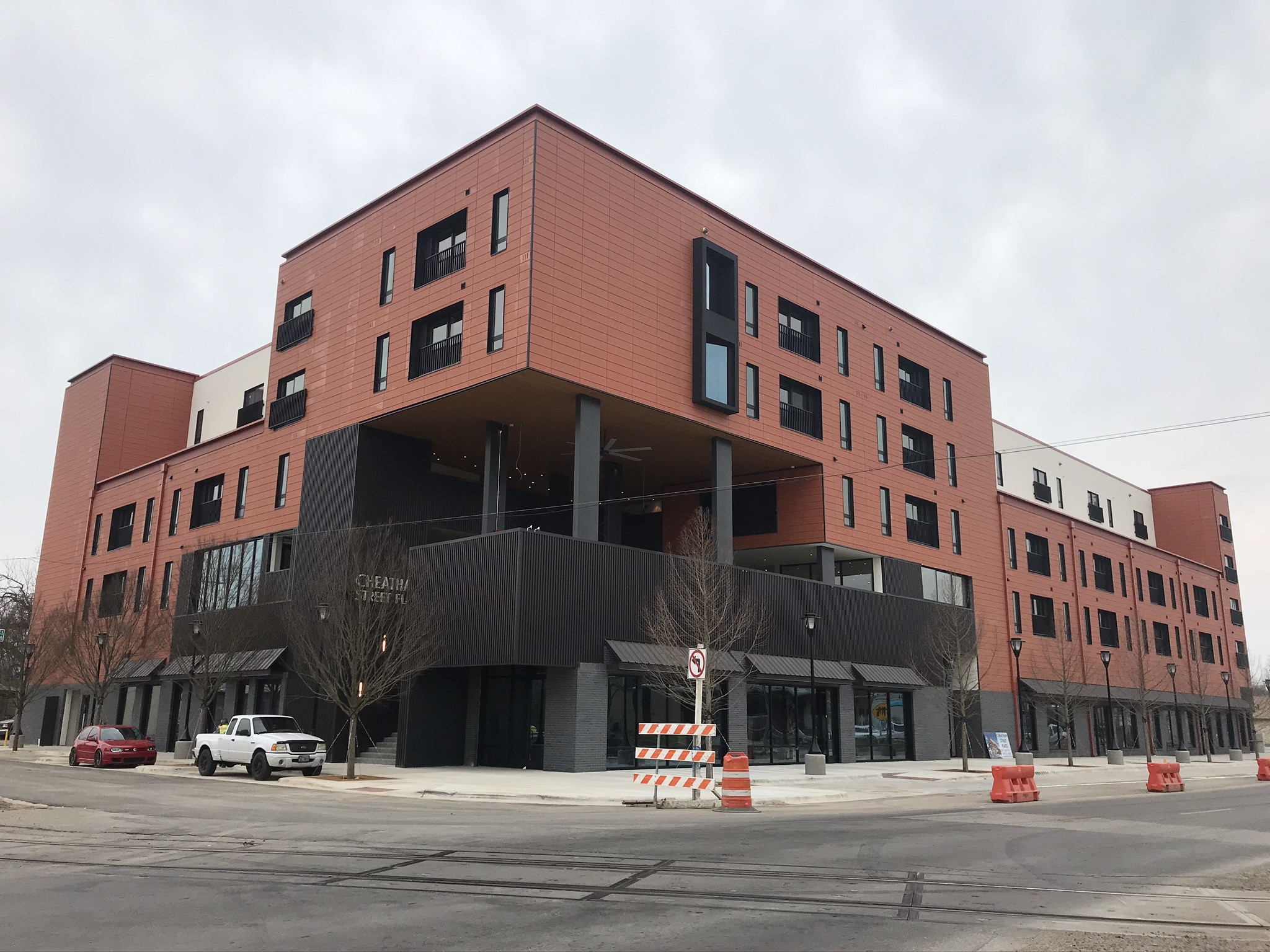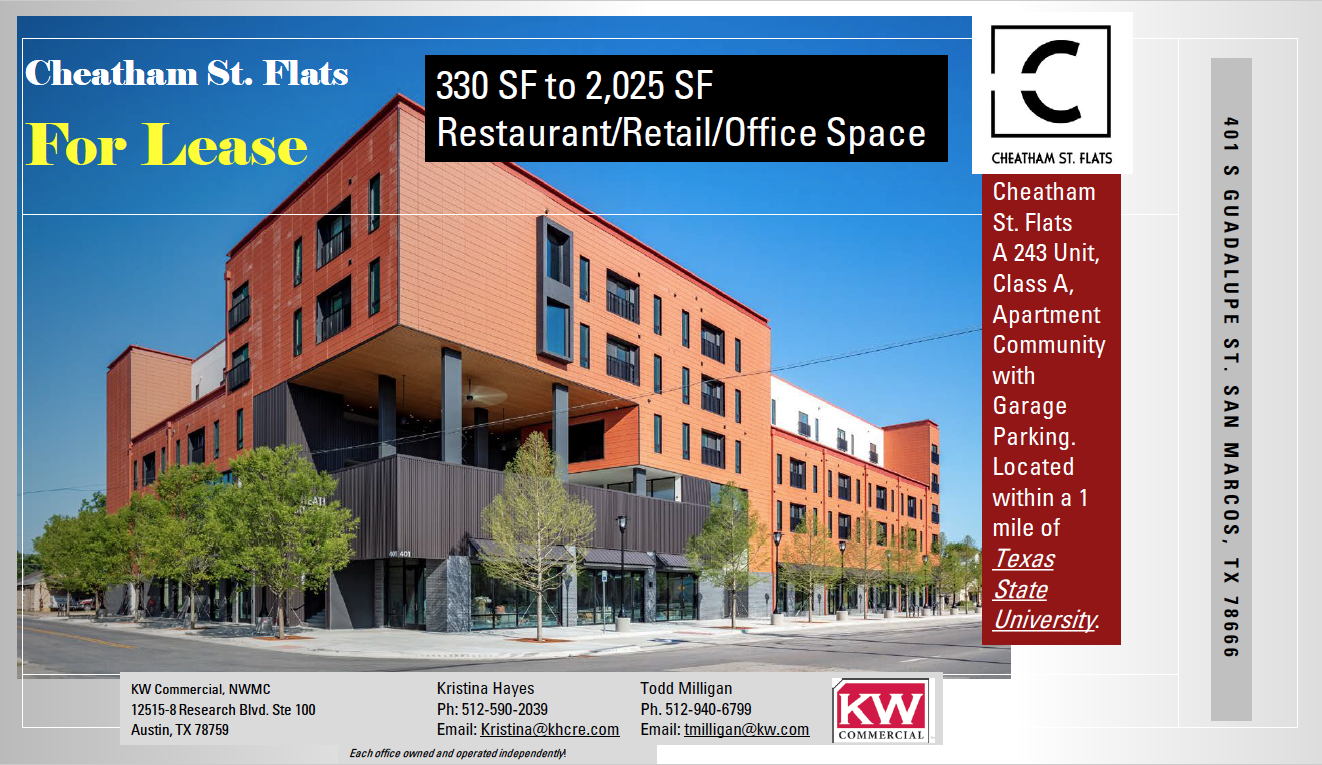For Sabot Development’s Jim Young, success is all about relationship
Jim Young seems to have a knack for site selection.
His commercial real estate firm, Sabot Development Ltd., is developing projects adjacent to the Lakeline MetroRail Station in North Austin, in the redeveloped Pearl Brewery district in San Antonio, and across the street from Springdale General in thriving East Austin. The company also controls 100 acres near the Tesla gigafactory.
While those sites are prominent now, a long-term lens was once needed to identify them as diamonds in the rough.
“When I started, because we didn’t have a lot of money, we absolutely had to work the fringes of other successful areas,” Young said. “We were always at the edge where half of the world thought we were in the wrong place.”
So how does Young find his sites? It’s all about relationships.
“I’ve always gone out of my way to let any broker, engineer, lawyer know how much I appreciate what they’re doing … as a result, I get a lot of leads, a lot of off-market phone calls, a lot of people who call me for advice,” Young said.”
For instance, Sabot is currently building 370-plus apartments at 3706 Goodwin Ave. — which Young, serving as a broker, had years ago helped another man acquire. The rapid development of East Austin brought an appreciation of the site, along with interest from developers. But rather than take one of those offers, the man invited Young, at that point a burgeoning developer, in for a meeting. Within a 20-minute conversation, the deal was in Young’s hands.
In other example, Young recalls taking a coffee meeting with a man from San Antonio who, unbeknownst to Young, was scouting him as a potential buyer for the Lakeline Station site at the behest of a mutual acquaintance.
To Young, those sorts of breaks are the result of “good, old-fashioned relationship building.”
He started Sabot in 2007, after about six years as a residential developer.
He and an Army buddy got into residential development in their late 20s, in what Young described as “trial by fire.” Before that, Young was enlisted in the U.S. Army, eventually serving as an officer.
“We bungled through how to get a construction loan, how to buy lots, how to design a home, how to get it sold — everything,” Young said.
Young always had ambitions to get involved with bigger projects, but the 2008 recession tempered those plans, leading him to instead become a certified commercial investment member. It was an opportunity to cut his teeth and learn about the commercial real estate process.
“I felt a little bit like a kid in a candy store, getting to see how they make it,” Young said.
Taking the leap into commercial real estate development scared Young but it wasn’t his first time facing fear.
He likened that leap of faith to experiences in his military career: the first time he jumped out of an airplane in the dark, or the first time he rappelled out of a helicopter from 90 feet up.
“Everything in you says, ‘Don’t do this,'” Young said. “And yet you know that it can be done. At the end of the day, you just have to make a decision of where you want to be, and then do it.”
What made you believe real estate was an avenue you could succeed in? Well, when I was in the military, you would often see a retiring colonel driving a minivan, or a retiring colonel driving a Corvette. And without fail, it seemed like when you talked to some of the retiring colonels who were driving the Corvette, so to speak, they had always kept a house at each place that they moved, and then rented it out after they left. … I recognized there was a high correlation between people who owned real estate or were in the real estate business, and who had done well financially.
What was the best advice you received before making that decision to dive into commercial real estate full time? So I had a lot of mentors along the way, but one of them was the man who would become my future father-in-law. He was a Vietnam vet, Navy veteran and he owned car dealerships. But he’d also bought real estate with profits he’d made from the car dealership. And he told me that you want to work somewhere that you look forward to going to on Sunday night, that you’re excited for your Monday mornings. It sounded silly at first, but that’s what I wanted to do. … I couldn’t wait to get to a design meeting or a development meeting, or to get out and look at a site. I couldn’t wait for Monday to come, and so that was great advice.
What advice would you have for someone today who’s trying to get into commercial real estate in Austin? I would say that there a lot of amazing organizations in Austin. … I would join one or more of those and really dive in and get to know people. You can’t substitute what you learn in a book, or online, or in a class with someone who runs an apartment development firm, or who owns office buildings, or who is retired from those things and can share their direct experience with you. To my shock, all of those things happened when I joined, in my case, CCIM.
Was there ever a moment where you said, ‘This is not the career for me, actually’? That is a fantastic question, and the answer is yes. I recall specifically that it was around the 2009-2010 timeframe, when the economy tanked. I was experiencing for the first time what it was like to just fail. I couldn’t get some of my properties sold without losing. There was a very distinct pep talk that one of my West Point buddies gave me — who was not in business, he was a helicopter pilot. He just candidly reminded me that I had chosen this path to be an entrepreneur, and that this was just the first downturn. I still to this day thank him all the time for that pep talk.
Do you remember why you joined the military? Originally I joined the military for a similar reason as most people: I knew I was going to need college money. The reason I applied for West Point was that I was mowing the lawn of some colonel that had a saber over his fireplace mantel. And I thought, “That’s for me.”
What’s your favorite place to network? Lately, it would be LinkedGlenn coffee meetings. I didn’t know Glenn Hart; I met him about two and a half years ago when he started them. I also really like the chamber events or the Economic Development Council events.
Who is someone you’ve always wanted to meet, and why? I would love to meet or interview Condoleezza Rice, because I just thought she was such a powerful and respected person on both sides. And it would have been fascinating to talk to her and understand how our country might be more joined if we had more people with her background.
When you were growing up, what did you think you wanted to be? Oh, I wanted to be a jet pilot. My grandfather was a Navy pilot. And I was ready to be a jet pilot, from the time I was like 5 or 6 years old until I found out I had very bad vision and wouldn’t qualify.
Favorite drink? Old fashioned.
Last content watched? “Better Call Saul.” My wife and I powered through it.
Jim Young
Title: Managing partner, Sabot Development Ltd.
Age: 50
Hometown: San Antonio (but has lived in Austin since 1998)
Family: Wife, Christine; kids, Catie, 11, Morgan, 9
Education: United States Military Academy West Point
Email: [email protected]
